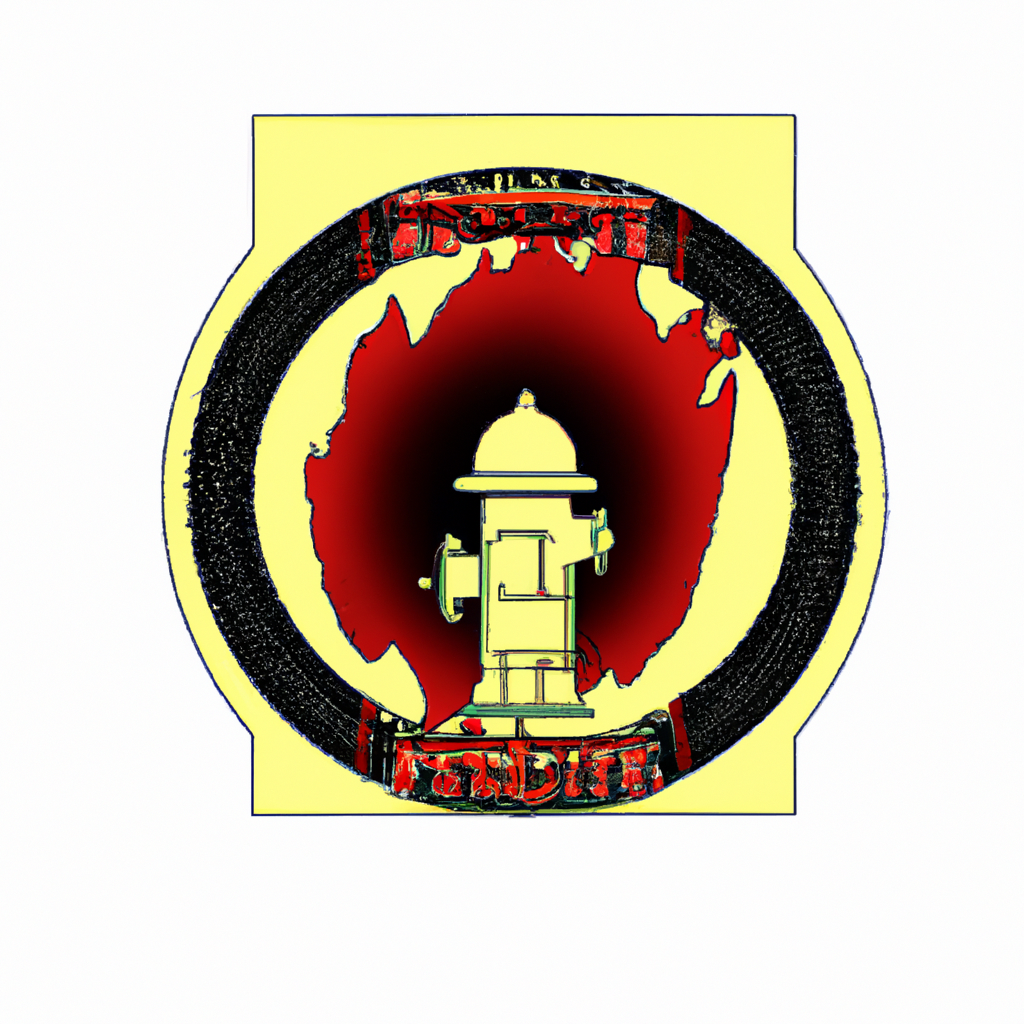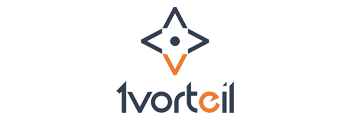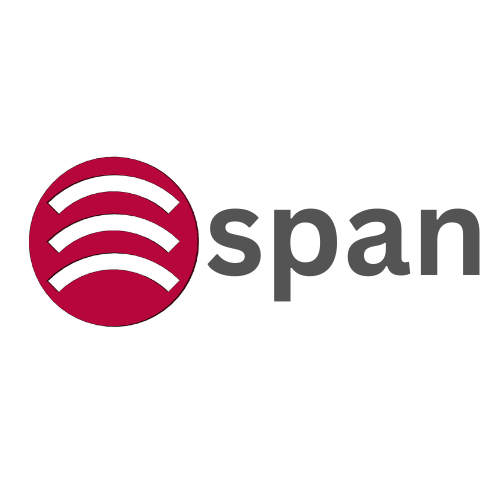
FIRE FIGHTING DESIGNING & DRAFTING

THE EXPERTS MEP SOLUTIONS
THE EXPERTS MEP SOLUTIONS
$ 2143
Basic course for beginners
Anytime Learning
Learn from Industry Expert
Career Option Guideline

FIRE FIGHTING DESIGNING & DRAFTING
Trainers feedback
0
(0 reviews)
THE EXPERTS MEP SOLUTIONS
THE EXPERTS MEP SOLUTIONS
Course type
Instructor led live training
Course duration
-
Course start date & time
Coming in Next Month
Language
English
This course format is where trainer will explain you the subject via online live session. Date and time are not decided yet but it will be planned within next 2 weeks after you enroll & pay for this course?. Get in touch with our team if any clarification is required.
Why enroll
Enhance your expertise in fire safety with our "Fire Fighting Designing & Drafting" course! This comprehensive program equips you with the essential skills to design and draft effective fire protection systems for various environments. Learn about fire behavior, system components, and regulatory compliance while gaining hands-on experience with CAD software for creating professional fire protection plans. With expert instruction and real-world applications, you'll be prepared to make a significant impact in fire safety design. Don't miss this opportunity to advance your career—enroll today!
Opportunities that awaits you!

Earn a course completion certificate
Add this credential to your LinkedIn profile, resume, or CV. Share it on social media and in your performance review
Course details
This course offers a comprehensive introduction to the principles of fire fighting system design and drafting, focusing on creating effective fire protection solutions for residential, commercial, and industrial settings. Students will explore the various components and methodologies involved in designing fire safety systems that comply with current regulations and standards.
Course suitable for
Oil & Gas Aerospace Automotive HVAC Civil & Structural Electrical Health, Safety & Environmental Mechanical
Key topics covered
BASIC OF FIRE FIGHTING
Sprinkler & How the Sprinkler Works
Hydrant & How the Hydrant Works
Fire Extinguisher
SPRINKLER SYSYTEM-NFPA 13
Classification of Sprinkler Design Parameters of Sprinkler System
Hydraulic Calculation of Sprinkler (Elite Software)
Application of Sprinkler
HYDRANT SYSTEM-NFPA 14
Classification of Hydrant System
Hydraulic Calculation of Hydrant (Elite Software)
Application of Hydrant System
WATER MIST SYSTEM-NFPA750
Application of Mist System
Hydraulic Calculation of Mist System
Schematic Arrangement of Mist System
FOAM SYSTEM -NFPA 16
Application of Foam System
Hydraulic Calculation of Foam System
Schematic Arrangement of Foam System
SELECTION OF FIRE EXTINGUISHER
Classification of Fire Extinguisher
Application of Fire Extinguisher
Gas Suppression System Design ( FM 200, NOVEC 1230)
Application of High Hazard Fire Extinguisher System
SPECIAL FIRE FIGHTING EQUIPMENT APPLICATIONS
Technical Data Sheets of SFFE
Fire Alarm System Selection
QUANTITY TAKE OFF FOR FIRE FIGHTING SYSTEM
BOQ Preparation for Fire Fighting System
Estimation & Costing of Fire Fighting System
AUTOCAD DRAFTING COMMANDS
Drawing Elbow ,Reducer ,Shoe Neck, Pipe
Understanding Coordination Drawing of MEP
Pump Schematic Preparation
Training details
This is a live course that has a scheduled start date.
Live session
Why people choose EveryEng
Industry-aligned courses, expert training, hands-on learning, recognized certifications, and job opportunities—all in a flexible and supportive environment.
- Industry Veteran
- Trainer Review
$ 2143
- $ Early bird discount
Coming in Next Month
Questions and Answers
A: The primary objectives of fire fighting system design are to protect life, property, and the environment by effectively detecting, controlling, and extinguishing fires. This includes designing systems to provide early fire detection, prompt alarms, and efficient suppression or control systems tailored to the specific risks of the facility. A well-designed fire fighting system also ensures compliance with relevant codes and standards, such as NFPA, IFC, and local regulations. For more detailed information, you can refer to NFPA's official website: https://www.nfpa.org/.
A: Common types of fire suppression systems in industrial settings include water-based systems (like sprinkler systems and deluge systems), foam systems (used for flammable liquid fires), gaseous suppression systems (such as CO2, FM-200, or Inergen for sensitive equipment areas), and dry chemical systems. Each system type is selected based on the fire hazard, environment, and operational considerations. For example, foam systems are essential in petrochemical plants where flammable liquids are present. More about these systems can be found at https://www.nfpa.org/Public-Education/Staying-safe/Safety-equipment/Fire-sprinklers.
A: Water demand for a fire sprinkler system is typically calculated based on the hydraulically most demanding area, fire hazard classification, and applicable design standards such as NFPA 13. The process involves identifying the density of water application (e.g., gallons per minute per square foot), the design area coverage (square feet), and pressure requirements. These factors are combined to determine the flow rate and pressure needed at the system inlet. For detailed methodologies, NFPA 13 provides comprehensive guidance: https://www.nfpa.org/13.
A: Key considerations include: the building layout and occupancy type, the detection technology suitable for different areas (smoke detectors, heat detectors, manual pull stations), notification appliance placements to ensure audibility and visibility, integration with other building systems (HVAC, elevators, fire suppression), ensuring compliance with codes like NFPA 72, and emergency power requirements. Additionally, networking and monitoring capabilities for central supervision are important. More detailed standards and best practices are available at https://www.nfpa.org/72.
A: Fire compartmentation involves dividing a building into fire-resistant sections or compartments to contain fire and smoke within a limited area, thereby limiting its spread. This strategy supports fire fighting efforts by providing safe zones and reducing the load on suppression systems. It also aids in evacuation and helps protect critical infrastructure. Designing fire compartmentation requires knowledge of fire-resistant materials and compliance with building codes such as the International Building Code (IBC). For more on fire compartmentation, see https://www.nfpa.org/Fire-Protection-Systems/Fire-rated-construction.
A: A comprehensive fire fighting design integrates automatic systems like sprinklers and gaseous suppression with manual systems such as fire extinguishers and hose reels to provide multiple layers of protection. Automatic systems act quickly to control or suppress fires, while manual systems allow trained personnel to respond to smaller or incipient fires. The layout and selection of these systems depend on hazard assessment, occupancy, and egress paths. Proper integration ensures redundancy, enhancing overall fire safety. Consult NFPA 10 for portable extinguishers and NFPA 13 for sprinkler systems.
A: Common challenges include accommodating architectural constraints, ensuring code compliance, coordinating with other disciplines (mechanical, electrical), and correctly representing system components and hydraulic calculations. Addressing these challenges requires thorough coordination during the design phase, adherence to standards like NFPA, use of advanced CAD/BIM software for accuracy, and iterative reviews with stakeholders. Effective communication and validation through hydraulic modeling can also mitigate errors. Tutorials on fire fighting drafting can be found at platforms like Autodesk University: https://www.autodesk.com/university.
A: Hydraulic calculations verify that the fire fighting system can deliver adequate water flow and pressure to all sprinkler heads or hydrants during a fire event. They factor in pipe sizes, lengths, fittings, and elevation changes to ensure system reliability. Proper calculations prevent underperformance or oversizing, both of which can be costly or unsafe. These calculations must comply with standards such as NFPA 13 and often use specialized software for accuracy. More information can be found at NFPA's calculation guides: https://www.nfpa.org/.
A: Environmental considerations affect the type and agent selection of fire fighting systems. For example, certain gaseous suppression agents must be environmentally friendly and comply with regulations like the EPA’s Clean Air Act. Water runoff and chemical discharge from firefighting can impact soil and water quality, necessitating containment or treatment plans. Additionally, sustainable design promotes energy-efficient detectors and environmentally responsible materials. Designers must balance fire safety with environmental protection, guided by standards and local regulations. For more, visit https://www.epa.gov/.
A: Advancements include the integration of smart technology such as IoT-enabled detectors and alarms, which provide real-time monitoring and predictive maintenance alerts. BIM (Building Information Modeling) enhances accuracy and coordination in design. New suppression agents with reduced environmental impact are being developed. Also, advanced hydraulic calculation software improves design efficiency. Keeping updated with NFPA codes and attending industry conferences will help professionals stay current. For continuous learning, visit NFPA’s training resources: https://www.nfpa.org/training.
More from Same Author
- Technical Courses
- Articles
Instructor led live training
709
Online
Live courses
5
Instructor led live training
3600
15
Online
Live courses
November 3
2 Hrs
5
Instructor led live training
1239
4
Online
Live courses
October 20
3 Hrs
Earning and Growth option in same Industry Domain
- Pre-recorded
- Online live session
- Offline
- Articles
Watch to learn anytime
899
1
E-Learning
Unlimited access
Watch to learn anytime
911
E-Learning
Unlimited access
4 (19)
Watch to learn anytime
28
E-Learning
Unlimited access
More Training & Development option to expand your reach
- Technical courses
- Soft-skill courses
- Seminars & Conferences
- Articles & Blogs
5
Instructor led live training
459
1
Online
Live courses
September 22
9 Hrs
Beginner
4 (23)
Instructor led live training
335
1
Online
Live courses
October 11
14 Hrs
Advanced
4 (23)
Instructor led live training
541
Online
Live courses
October 11
4 Hrs
Intermediate


























